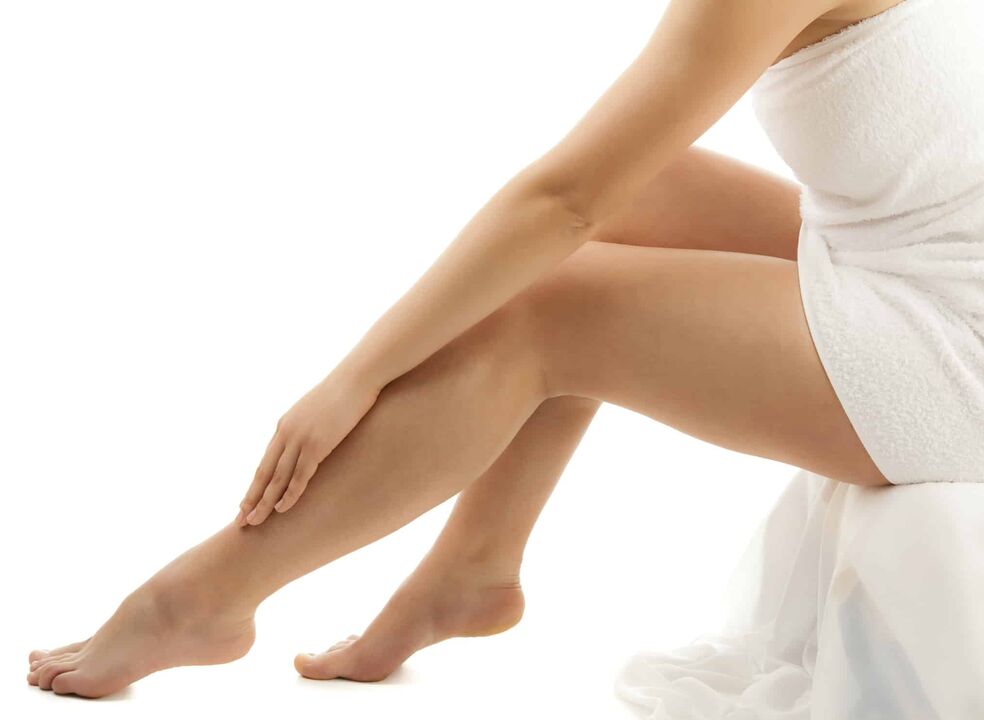
Varicose veins are a disease that affects 30% of the world's population. Regardless of lifestyle, gender and age, this disease can become a problem for any person. But how to deal with this disease? TV commercials promise salvation from conventional ointments in our veins, the Internet is full of articles about home remedies. So, how to deal with the problem to forget it forever? The candidate of medical sciences, a doctor of the highest category, head of the phlebological center spoke about the important nuances of the disease, as well as about the modern possibilities of prevention and treatment of the disease.
Who is at risk?
Varicose veins are an expansion of the subcutaneous veins, accompanied by a violation of the venous outflow. They increase in size due to thinning of the wall of the vessel itself, while at the same time their diameter becomes larger. Varicose veins are generally a hereditary disease, although other factors may contribute to the development of the disease.
"Sooner or later, the disease will manifest itself, " says the doctor. - If a person is a loader or a weightlifter, then he will face an illness earlier. If he sits in the office, then later, with age. In women, for example, the diseaseis related to hormonal factors: pregnancy, childbirth, oral contraceptives.
People who are constantly on their feet, whose profession is associated with constant and prolonged stress, are always at risk of encountering this disease. The choice of our shoes also affects: regularly wearing high heels provokes the disease. Those who are overweight and lead a sedentary lifestyle are also at risk.
Detecting varicose veins is easy: it is not a disease that has hidden symptoms. First, the problem is immediately accompanied by aesthetic defects: small blue-red vascular "stars" appear on the legs, dark blue intradermal veins become visible.
In addition, by the end of the day there is swelling of the legs, a feeling of heaviness and pain in the calves after a long stay in a sitting or standing position. Characteristic of varicose veins is the disappearance of these symptoms when walking and after sleep.
How to treat?
Any disease should be diagnosed and treated only by a specialist. That is why it is absolutely impossible to recklessly buy various ointments and self-medicate. Also, varicose veins have varieties and each type has its own technique.
"There are cosmetic varicose veins that are treated with laser therapy, there are also surgical ones: we remove them with the help of surgery, " explains the expert. "Operative varicose veins are not treated with conservative methods. If so, then the trunks of the large andthe small saphenous veins and here they can not refuse drugs. A minimally invasive operation is performed - that is, a procedure in which a small incision is made. The most gentle method of treatment is endovasal laser coagulation of the veins. what is the procedure? A light wire is inserted through the vein, which closes it from the inside. This is a complex operation - the latest way of non-traumatic treatment of this disease. "
Generally, specialists remove the veins through the stripping procedure. This is an operation where two incisions are made: in the groin and in the lower leg. A probe is inserted there, after which the diseased vein is removed in its direction. This procedure is quite painful: a person limps for a long time, and the leg heals up to six months. So far, this type of surgical treatment of varicose veins has been used for economic reasons: it is very cheap for clinics and hospitals.
An amazing paradox
Varicose veins have long been a female disease. It is believed that such a large number of factors, such as wearing high heels, hormonal and hereditary aspects, are already enough to put the fairer sex in the risk group. But in fact the situation is diametrically opposite - men suffer from this disease several times more often.
"As you know, morbidity is registered by destination, with women coming to the doctor most often, " explains the expert. moment when a trophic ulcer has already appeared.
There are general recommendations for the prevention of this disease. If you have a sedentary job, try to take small breaks of 10 minutes at least every hour: take a walk, massage your feet. For activities that require constant standing, be sure to take a contrast shower in the evening and make foot baths with herbs. Also, do not forget about moderate physical activity, which will strengthen the walls of blood vessels. And, of course, choose comfortable shoes: narrow shoes have never helped anyone.

















